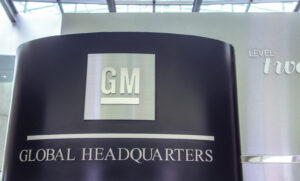Study Says Tires Cause 1,000 Times More Pollution Than Exhaust Fumes
When you think of pollution in relation to the automotive industry, you tend to jump straight to emissions and exhaust fumes. However, a study put out by Emissions Analytics is saying that may not be the case.
With today’s standards and requirements, exhaust emissions from new cars emit very little particle pollution. However, tire wear pollution is unregulated and can be 1,000 times worse, according to the study.
The study was based on the results of an experiment where Emissions Analytics tested “a popular family hatchback running on brand new, correctly inflated tires” to see how much “non-exhaust [particulate] emissions,” the car generated. It turns out that wear on the vehicle’s tires, brakes, and the road surface produced 5.8 grams of NEE particulates per kilometer driven. That number is 1,289 times the 0.0045 grams-per-kilometer limit for passenger vehicle exhaust particulates under current emissions standards in the EU.
Emissions Analytics notes that this could be even higher if the vehicle had tires that were underinflated, or the road surfaces used for the test were rougher, or the tires used were from a budget range.
In case you aren’t up to date on NEE particulates, non-exhaust emissions are particles released into the air from brake wear, tire wear, road surface wear and resuspension of road dust during on-road vehicle usage.
So what’s the solution? Fitting only high-quality tires and lowering vehicle weight are routes to reducing these ‘non-exhaust emissions’.









